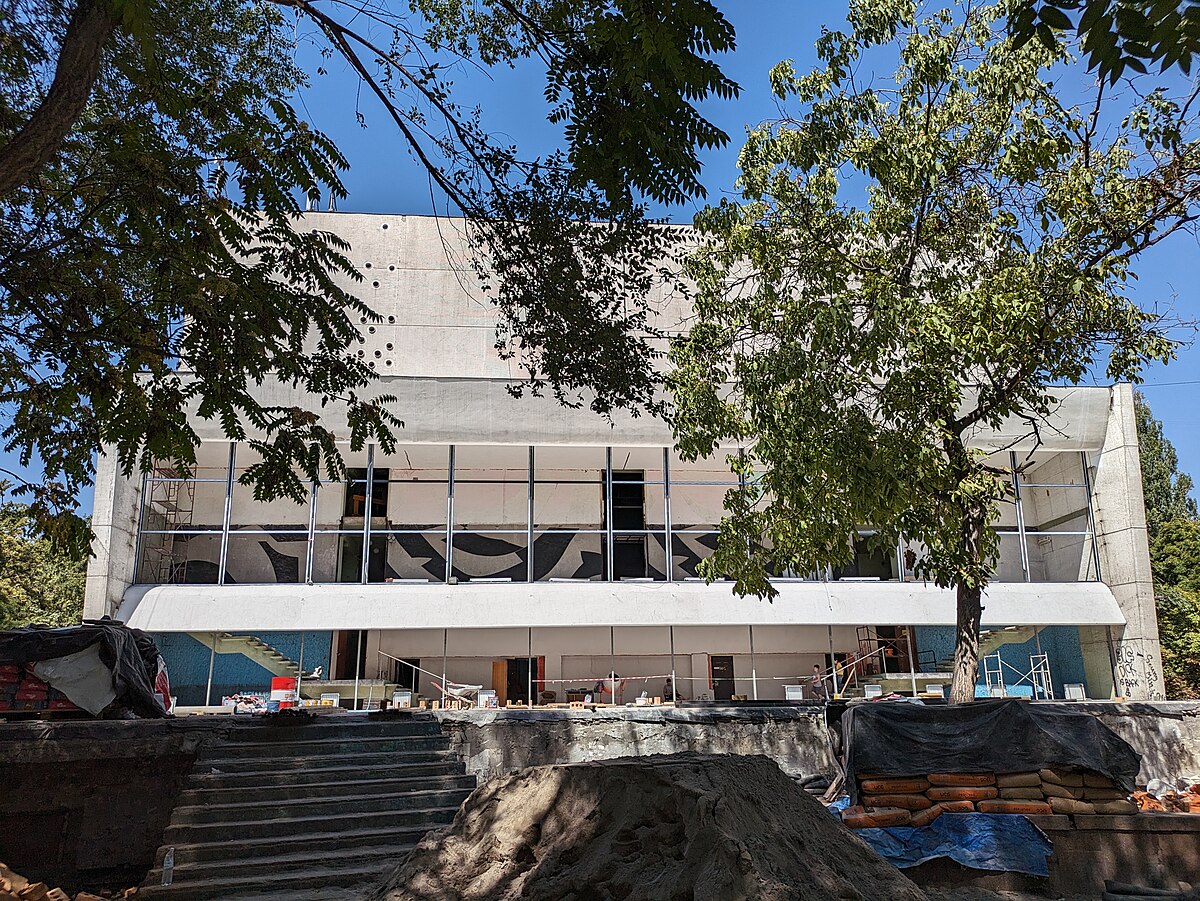
The construction of Osh Bazaar marked a pivotal moment in Bishkek's development, transforming a small market into one of Central Asia's largest and most vibrant bazaars. This transformation was driven by the need for a central marketplace that could serve the growing city. The bazaar's success was further enhanced by its strategic location, which facilitated trade and cultural exchange[3].
Today, Osh Bazaar continues to thrive as a bustling marketplace where locals and visitors alike come to shop and socialize. Its construction not only provided economic opportunities but also created a vibrant cultural space that reflects the rich tapestry of Kyrgyz society[2].









